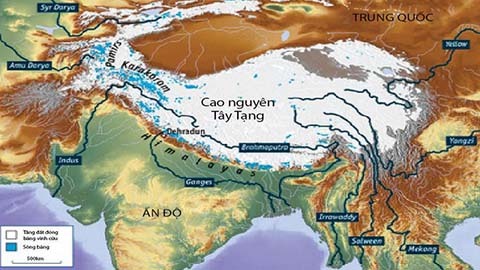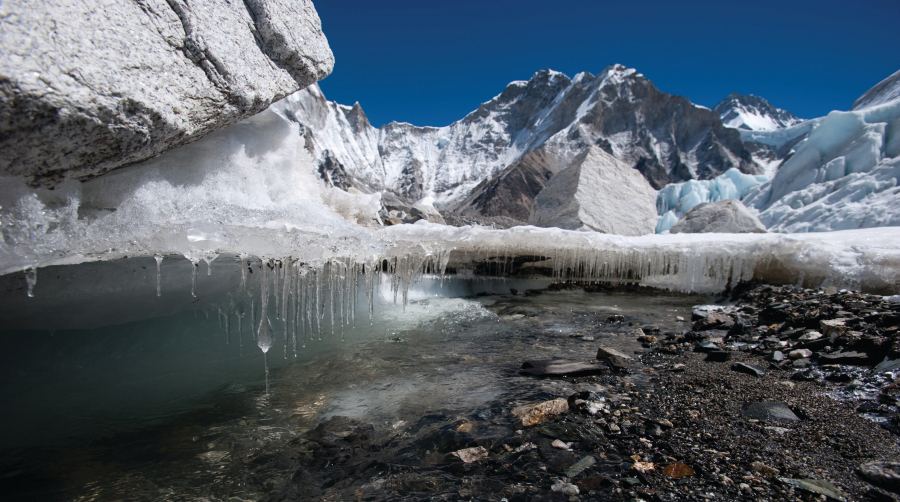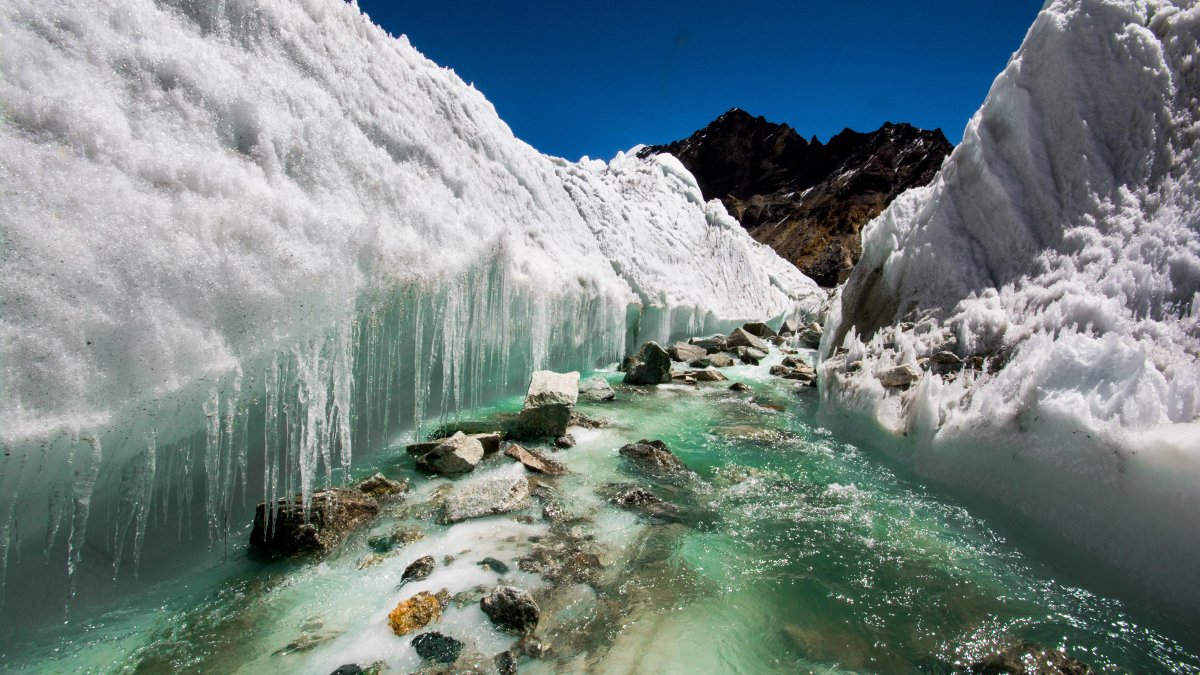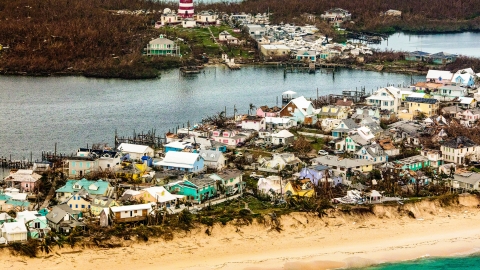share the same fate as the north and south poles
Glaciologists are particularly interested in the Tibetan Plateau and surrounding areas, home to the Hindu Kush-Himalayan ice sheet, because it has the third-largest amount of ice in the world, after Antarctica and the Arctic, with China’s glaciers alone accounting for 14.5% of the global ice. However, a quarter of that ice has disappeared since 1970.
Last September, in a special report on the cryosphere by the Intergovernmental Panel on Climate Change (IPCC), scientists warned that up to two-thirds of the Tibetan Plateau’s remaining glaciers will disappear by the end of the 21st century. A third of the glaciers are expected to melt completely by the same time, even if the internationally agreed target of limiting global warming to 1.5°C above pre-industrial levels is met.

Map of the Earth's "third pole" with associated mountain ranges and major rivers
Scientists have used satellites to measure the decline in ice in this area and have shown that the ice at the “third pole” is melting at a dizzying rate, twice as fast as it was between 1975 and 2000.
The reason the ice is melting so rapidly is because the Tibetan Plateau, like the other two poles, is warming at a rate three times faster than the global average: 0.3°C per decade. In this case, the reason is that the “third pole” is so high that it absorbs energy from rising temperatures and humid air more quickly than usual. Winter snowfall has dropped significantly, and there are an average of four colder nights and seven warmer nights a year than there were 40 years ago.
directly affect human life
Unlike the polar ice caps, the fate of the ice caps here directly affects the lives of many people. The Tibetan Plateau and its surrounding mountains are known as the water towers of Asia, as they are the source of the continent’s 10 largest rivers (including the Mekong). The lives of about 1.6 billion people in 12 countries living in the basins of these rivers have been and are being directly affected.

The lives of about 1.6 billion people in the basins of these rivers have been and are being directly affected.
The melting glaciers here have had a more devastating effect on injuries and deaths than the sparsely populated North and South Poles: ice melt has led to lake explosions and landslides, and villages have been swept away, despite vastly improved monitoring and rescue systems. Satellite data shows that the number and severity of these lakes are increasing in the region.

Freshwater melts and flows into the ocean, causing sea levels to rise, making life difficult for people in bays and deltas in Southeast Asia, from Bangladesh to Vietnam.
What’s more, the phenomenon is releasing dangerous pollutants. Glaciers are time capsules, accumulating snowflakes over hundreds of thousands of years, and as they melt, they allow those condensed air components to circulate freely again. Dangerous pesticides like DDT (which was used for three decades before being banned in 1972) and perfluoroalkyl acids are now being washed away by the meltwater, silently accumulating in sediments and even in the food chain.
The vast highlands of the “third pole” are one of the most biologically diverse and vulnerable regions on Earth. The future of this vast region, its people, its vast ice sheets and its lifeblood, depends on how we reduce greenhouse gas emissions and other pollutants.

































